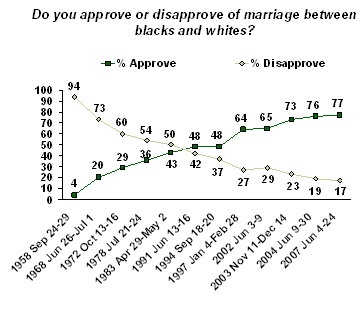Big name economists continue their attacks on the Obama bank rescue programs. Yesterday Willem Buiter, one of Europe’s most highly respected macroeconomists, continued his salvos, contending that the funding was woefully inadequate to recapitalize or otherwise prop up financial firms. The longer the US delays winding up sick banks, the more time wasted and good money thrown after bad.
Nobel prize winner Joseph Sitglitz issued even blunter criticism today (and it’s hard to be more caustic than Buiter), accusing the Administration of wanting to aid industry incumbents rather than fix the system.
The worst is that the dim of criticism has been rising, yet Team Obama seems insistent on sticking with Plan A. At the rate they are going, they will succeed in proving the current system is beyond repair, and have spent enough firepower so as to have closed off other options.
The Obama administration’s plan to fix the U.S. banking system is destined to fail…“All the ingredients they have so far are weak, and there are several missing ingredients,” Stiglitz said in an interview. The people who designed the plans are “either in the pocket of the banks or they’re incompetent.”
The Troubled Asset Relief Program, or TARP, isn’t large enough to recapitalize the banking system, and the administration hasn’t been direct in addressing that shortfall, he said. Stiglitz said there are conflicts of interest at the White House because some of Obama’s advisers have close ties to Wall Street.
“We don’t have enough money, they don’t want to go back to Congress, and they don’t want to do it in an open way and they don’t want to get control” of the banks, a set of constraints that will guarantee failure, Stiglitz said.
The return to taxpayers from the TARP is as low as 25 cents on the dollar, he said. “The bank restructuring has been an absolute mess.”
Rather than continually buying small stakes in banks, weaker banks should be put through a receivership where the shareholders of the banks are wiped out and the bondholders become the shareholders, using taxpayer money to keep the institutions functioning, he said….
“You’re really bailing out the shareholders and the bondholders,” he said. “Some of the people likely to be involved in this, like Pimco, are big bondholders,” he said….
Stiglitz said taxpayer losses are likely to be much larger than bank profits from the PPIP program even though Federal Deposit Insurance Corp. Chairman Sheila Bair has said the agency expects no losses.
“The statement from Sheila Bair that there’s no risk is absurd,” he said, because losses from the PPIP will be borne by the FDIC, which is funded by member banks.
“We’re going to be asking all the banks, including presumably some healthy banks, to pay for the losses of the bad banks,” Stiglitz said. “It’s a real redistribution and a tax on all American savers.”
Stiglitz was also concerned about the links between White House advisers and Wall Street. Hedge fund D.E. Shaw & Co. paid National Economic Council Director Lawrence Summers, a managing director of the firm, more than $5 million in salary and other compensation in the 16 months before he joined the administration. Treasury Secretary Timothy Geithner was president of the New York Federal Reserve Bank.
“America has had a revolving door. People go from Wall Street to Treasury and back to Wall Street,” he said. “Even if there is no quid pro quo, that is not the issue. The issue is the mindset.”…
He called the $787 billion stimulus program necessary but “flawed” because too much spending comes after 2009, and because it devotes too much of the money to tax cuts “which aren’t likely to work very effectively.”…
The $75 billion mortgage relief program, meanwhile, doesn’t do enough to help Americans who can’t afford to make their monthly payments, he said. It doesn’t reduce principal, doesn’t make changes in bankruptcy law that would help people work out debts, and doesn’t change the incentive to simply stop making payments once a mortgage is greater than the value of a house.
Stiglitz said the Fed, while it’s done almost all it can to bring the country back from the worst recession since 1982, can’t revive the economy on its own.
Relying on low interest rates to help put a floor under housing prices is a variation on the policies that created the housing bubble in the first place, Stiglitz said.
“This is a strategy trying to recreate that bubble,” he said. “That’s not likely to provide a long run solution. It’s a solution that says let’s kick the can down the road a little bit.”
While the strategy might put a floor under housing prices, it won’t do anything to speed the recovery, he said. “It’s a recipe for Japanese-style malaise.”
I give it six months before it becomes undeniable that the current system is hopelessly broken.
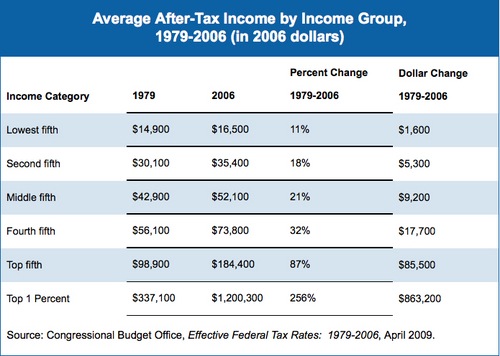
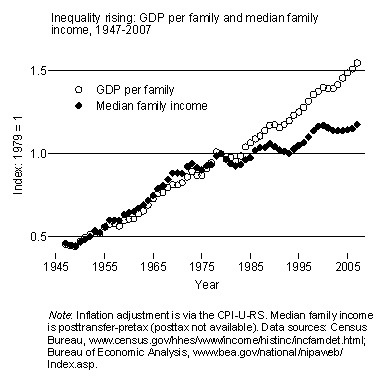

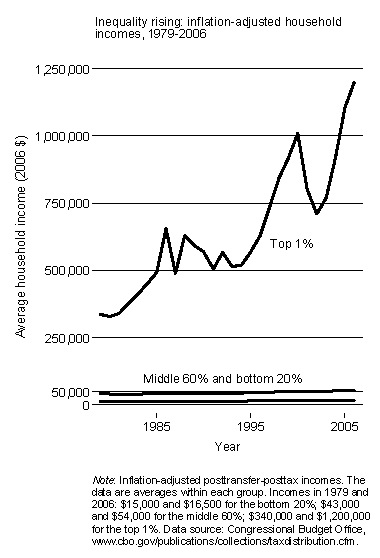
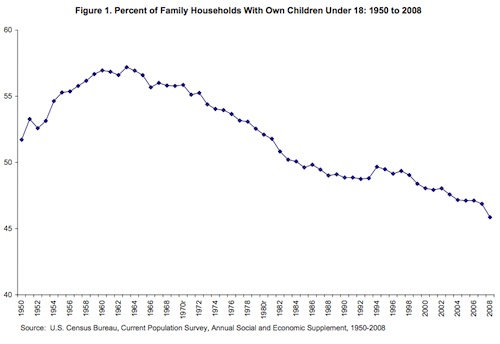
 80° on the coast today. The horizon, sharp in the morning, has gone all hazy. Where’s that G&T, Jeeves?
80° on the coast today. The horizon, sharp in the morning, has gone all hazy. Where’s that G&T, Jeeves?